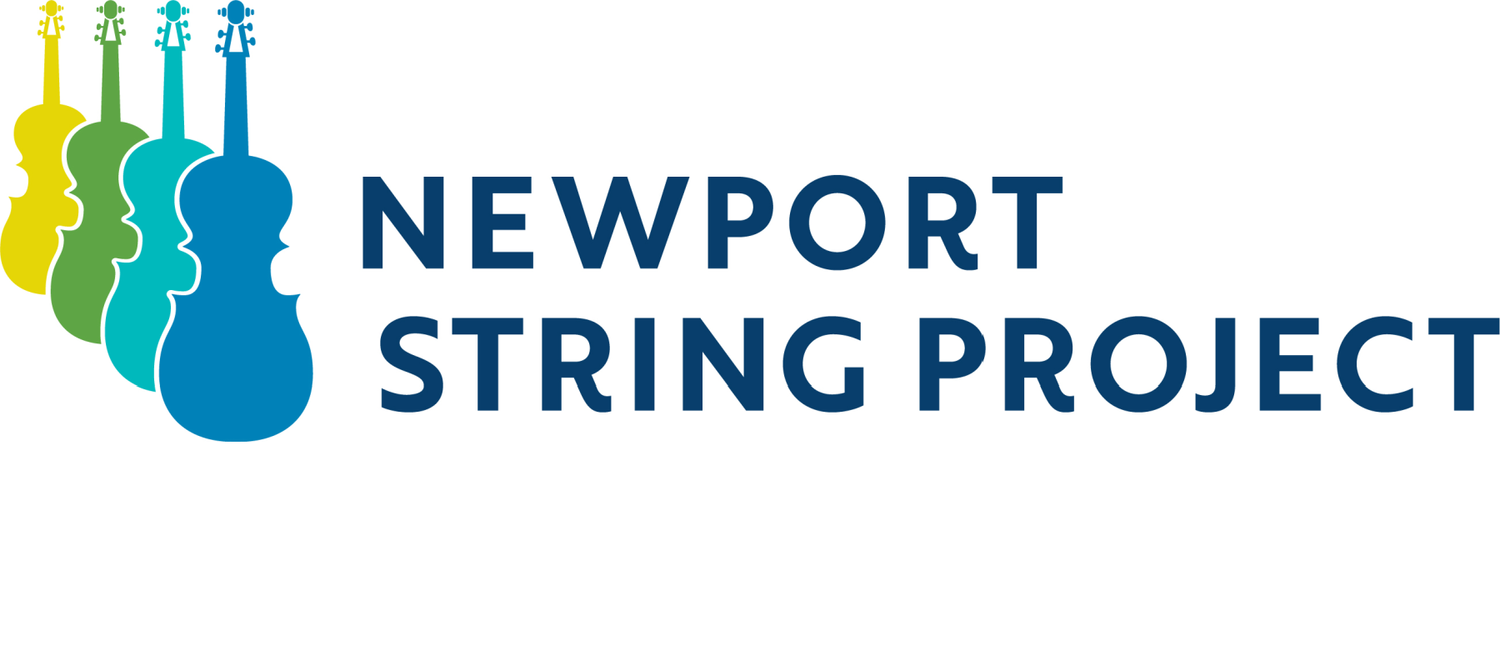Matters of the Mind
/With the first Community Barndance of the year right around the corner, the connections between music and dance are especially on our minds this week.
Researchers from the International Laboratory for Brain, Music, and Sound Research in Montreal, Canada recently set out to compare and contrast the neurological changes within the brain that training in music and dance produce.
Happily, there is plenty of research already out there to support the idea that learning a musical instrument strengthens and builds neural pathways - specifically in the corpus callosum, the area that connects the two hemispheres of the brain. We especially love the metaphor of fireworks going off in your brain. All good news for our young music students at the MLK Center! By comparison, research about the impact of dance on the brain is more scarce.
This recent Montreal study used sophisticated brain imaging techniques which revealed fascinating differences in the white matter structure of musicians and dancers. For dancers, the sets of connections in the white matter were more diffuse and broad. Musicians had the same connections which were stronger, less diffuse and showed more coherence in their fiber bundles.
As lead author Chiara Giacosa explains, "This suggests that dance and music training affect the brain in opposite directions, increasing global connectivity and crossing of fibers in dance training, and strengthening specific pathways in music training,”
These differences might be explained by the dancer's use of the "whole body" which may encourage the fibers to cross over and spread out, whereas musicians tend to focus on specific body parts which encourages very specific cortical activity in the brain.
For more on this research, head over HERE.
So the evidence of benefits of training in music and dance is incredibly compelling - you might say it's a "no-brainer"...





